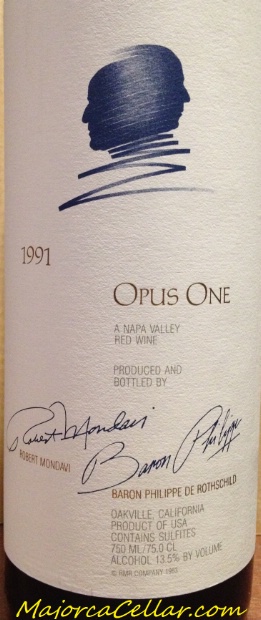

Over time, it has become the second most traded wine on Liv-ex behind Sassicaia: between 20, so before landing on La Place, Masseto was only the ninth most purchased Italian wine on the secondary market, when labels exchanged were surely less than today. Just in the last three years, the prices of Masseto have grown by 40.5%, more than Ornellaia (+ 38.2%) and Solaia (+ 37.2%). The exact opposite, for example, of what Masseto did, a case history that illustrates well the positive role of La Place on the success of a label. The almost is related to those cases (few, actually) in which the company has given priority to price rather than to building a global brand. Which, for their part, have almost always built a profitable relationship with the French distribution system. Thus, pushing La Place to look around, always focusing on labels of enormous prestige. The Place and the secondary market for fine wines, thus, seem to move in parallel: Bordeaux, and the en primeur system, have lost positions, while demand, on all other fronts, from the internal one (Burgundy, Champagne, and Rhône) to the external one (Italy, USA, Spain and beyond), has continued to grow. The revolution has served, and the autumn appointment has now become more interesting than the en primeur of Bordeaux, whose wines, to this date, are worth 34.1% of the trades on the Liv-ex, as recalled by the report “La Place de Bordeaux and the expanding fine wine market”.

A milestone on the way to a now evident change: in the autumn the new vintages commercialized by La Place will be presented, 108 wines from 32 different regions and 11 countries. A year earlier, in 2009, La Place welcomed the first wine with no connection whatsoever with Bordeaux: Masseto 2006. At the time, the secondary market for great wines was the prerogative of Bordeaux labels, which represented, in value, 95.7 % of exchanges. The fine wine market, as we have been saying for years, has experienced a slow and inevitable revolution, which began in 2010. It was only an anticipation of what inevitably happened sometime later. In fact, since the 17th century, La Place has been at the exclusive service of the Grands Crus of Bordeaux, opening, for the first time to a different wine, only in 1998, when it welcomed the Chilean brand Almaviva, however, owned by Baroness Philippine de Rothschild (Château Mouton-Rothschild). But also, an organization capable of grasping change. A club for the few, which has its main strength in centuries-old know-how, which guarantees privileged access to the most prestigious niches of foreign markets. Sassicaia is the most famous Bordeaux blend in Italy and has spawned many imitations, whereby the blend is now firmly established in the New World and particularly in California and Australia.It is the oldest and most prestigious fine wine distribution network in the world, and, in the last century, it was the engine of the international success of Bordeaux wines: today La Place is a hub capable of welcoming hundreds of producers and a network of 300 négociant, which sell in 170 countries around the world. In St-Emilion and Pomerol, the blends are Merlot dominated as Cabernet Sauvignon can struggle to ripen there - when it is included, it adds structure and body to the wine. However 100% Cabernet Sauvignon wines can be slightly hollow-tasting in the middle palate and Merlot with its generous, fleshy fruit flavours acts as a perfect foil by filling in this cavity. It is particularly suited to the dry, warm, free- draining, gravel-rich soils and is responsible for the redolent cassis characteristics as well as the depth of colour, tannic structure and pronounced acidity of Médoc wines.

In the Médoc and Graves the percentage of Cabernet Sauvignon in the blend can range from 95% ( Mouton-Rothschild) to as low as 40%. This is actually the archetypal Bordeaux blend, though in different proportions in the sub-regions and sometimes topped up with Cabernet Franc, Malbec, and Petit Verdot. Cabernet Sauvignon lends itself particularly well in blends with Merlot.


 0 kommentar(er)
0 kommentar(er)
